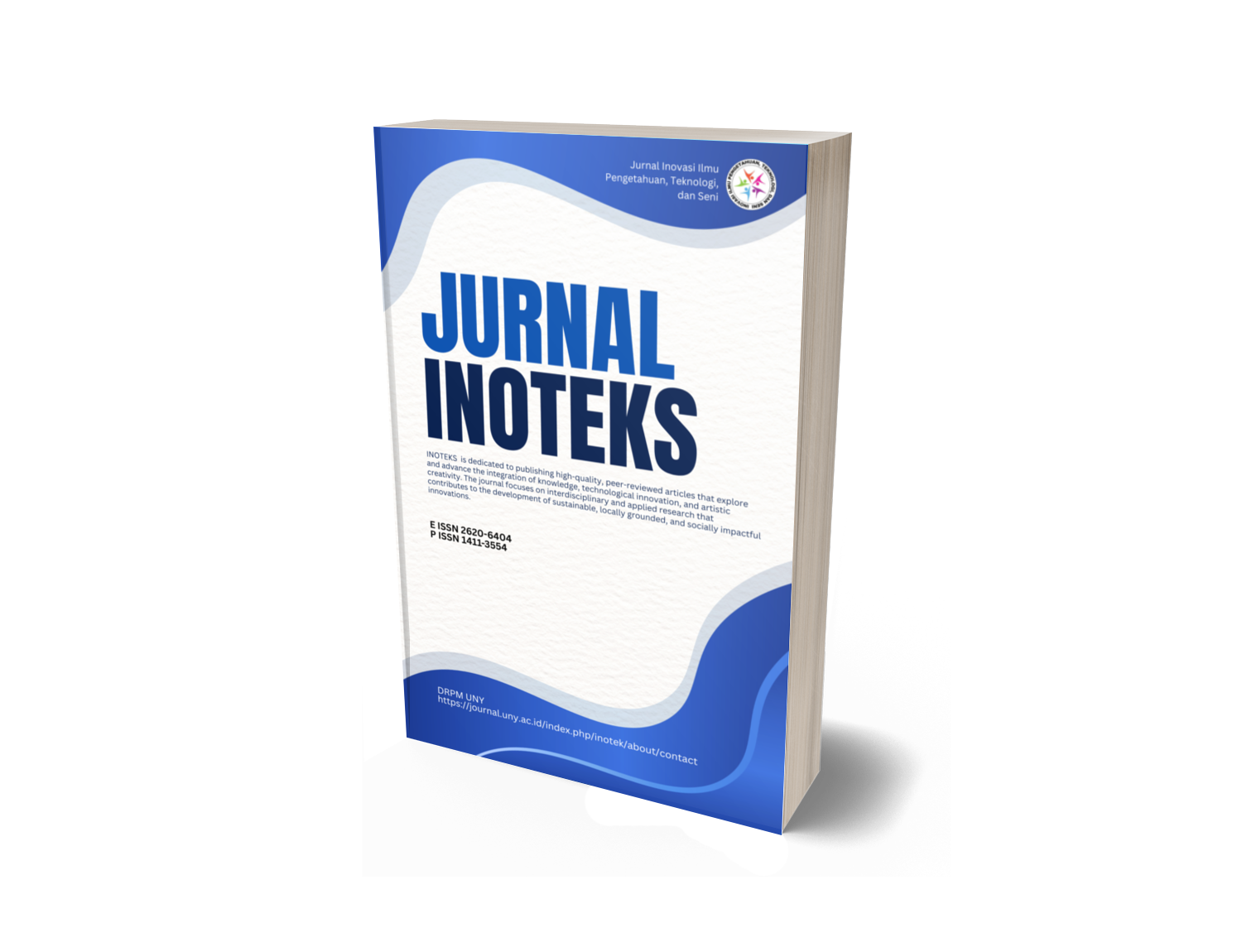THE TRAINING OF MANURE MANAGEMENT FOR FARMER ANDBREEDER THROUGH COMPOSTING TO PRODUCE ORGANICFERTILIZER UTILIZED TO IMPROVE THE SANDY SOILCONDITION IN KAWASAN PANTAI SELATAN
DOI:
https://doi.org/10.21831/ino.v15i2.3240Abstract
Cow dung represent one of organic solid waste yielded from sectorof cattle. These days beef requirement will progressively mount so that sumup the number of cow is looked after by society also increase at full speed.In region Bantul the increasing of cow amount also give the production inthe form of feces in the form of solid and also melt manure. Cow manure inthe form of solid exist in one of group of livestock cage in unworkedorchard Celep Bantul maximally, most still be used by directly fertilizecrop. Cow manure as material organic is one of disease source for humanbeing because becoming place of various mikroorganisme live, despitefullyalso generate the aroma is not delicate and have potency to contaminate environment.Therefore this society devotion activity aim to give skilled to societyto can to manage the livestock dirt by composting. Compost from theprocess expected can be utilized by as healthier manure organic and canimprove;repair the land;ground condition of around mostly in the form ofland;ground sand.Composting of cow dung executed with the laminated heap methodbetween carbon component (C) and nitrogen (N). Linking cow dung ownthe ratio C / N of about 17, whereas ideal composting of C / N around 25-30, hence at this composting is] cow dung as especial material whichcompost have to be mixed with a carbon component in the form of strawowning ratio C / N of about 130. Composting executed at handbox fromlong fairish board wood 2m, wide 1.5 m and high 1.5m. Compostingexecuted during 12 month;, effective 9 month done/conducted by urning ofeach;every 3 week once.Result of composting indicate that the cow dunghave become thecompost at week 9, with the volume degradation of about 40-45%. So thatfrom 6 wight ton of early, after 9 week decrease to omit 4,2 ton. Cowmanure t become the compost distinguished by its colour is]black, odourlessand odourless crumb structure and also. Respon participants training verypositive because this newly performed by composting training untill finish,from planning till harvest the compost, screening and packaging. When204Inotek, Volume 15, Nomor 2, Agustus 2011conducted by test of phytotoxicity compost of the result of its compostingresult not yet communicable because compost still in stabilization phase.
Downloads
Published
2011-08-01
How to Cite
Suhartini, S. dan. (2011). THE TRAINING OF MANURE MANAGEMENT FOR FARMER ANDBREEDER THROUGH COMPOSTING TO PRODUCE ORGANICFERTILIZER UTILIZED TO IMPROVE THE SANDY SOILCONDITION IN KAWASAN PANTAI SELATAN. INOTEKS: Jurnal Inovasi Ilmu Pengetahuan,Teknologi, Dan Seni, 15(2). https://doi.org/10.21831/ino.v15i2.3240
Issue
Section
Articles
Citation Check
License
- Authors certify that the work reported here has not been published before and contains no materials the publication of which would violate any copyright or other personal or proprietary right of any person or entity.
- Authors transfer or license the copyright of publishing to Jurnal Civics: Media Kajian Kewarganegaraan to publish the article in any media format, to share, to disseminate, to index, and to maximize the impact of the article in any databases.
- Authors hereby agree to transfer a copyright for publishing to Jurnal Civics: Media Kajian Kewarganegaraanas a Publisher of the manuscript.
- Authors reserve the following:
- all proprietary rights other than copyright such as patent rights;
- the right to use all or part of this article in future works of our own such as in books and lectures;
- use for presentation in a meeting or conference and distributing copies to attendees;
- use for internal training by author's company;
- distribution to colleagues for their research use;
- use in a subsequent compilation of the author's works;
- inclusion in a thesis or dissertation;
- reuse of portions or extracts from the article in other works (with full acknowledgement of final article);
- preparation of derivative works (other than commercial purposes) (with full acknowledgement of final article); and
- voluntary posting on open web sites operated by author or author's institution for scholarly purposes, but it should follow the open access license of Creative Common CC BY-NC-SA License.









